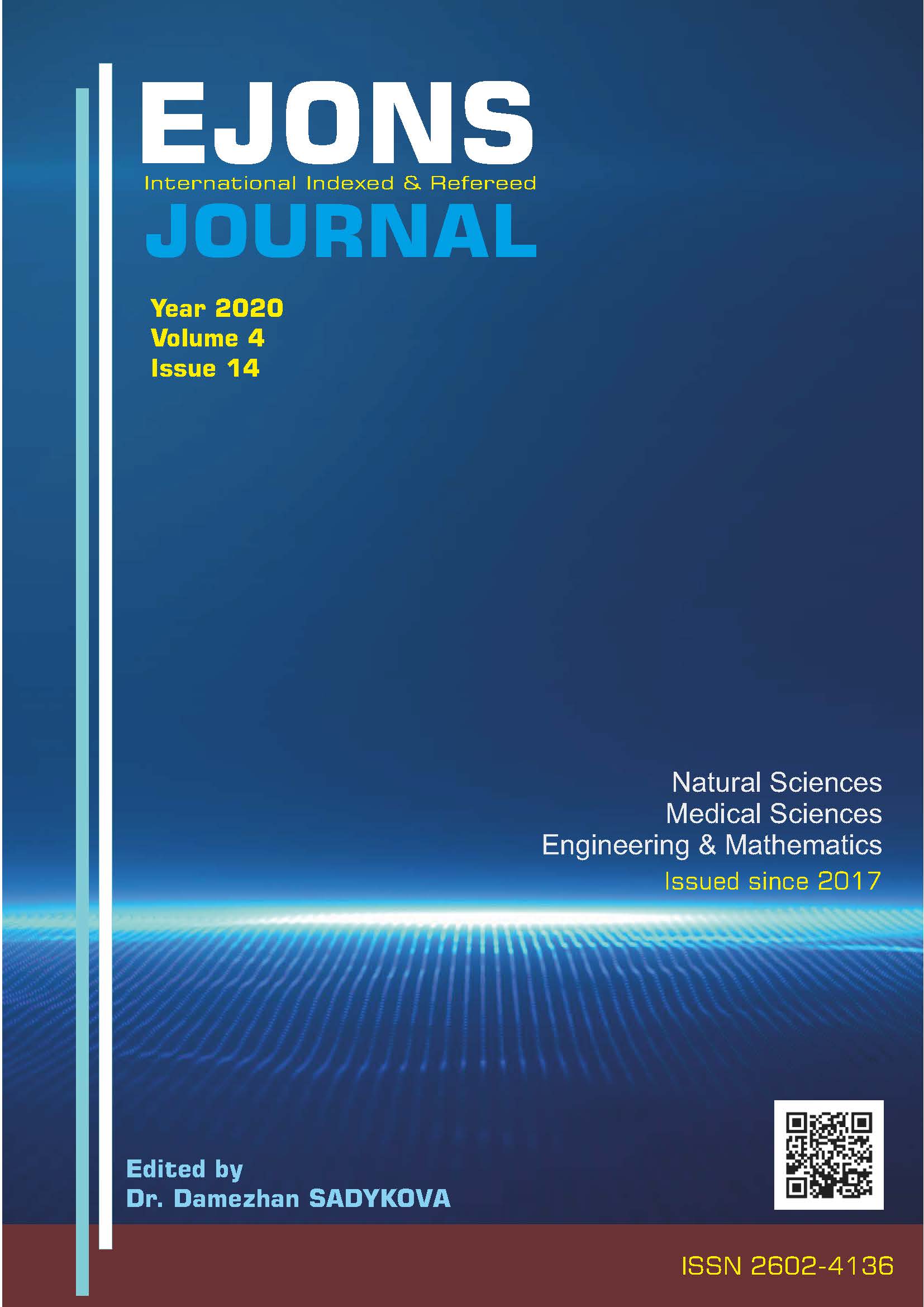Phytoremediation of Humic Acid and Citric Acid Applications of Rosemary (Rosmarinus Officinalis) Plant in Chromed Soils
DOI:
https://doi.org/10.38063/ejons.253Keywords:
Soil pollution, chromium, citric acid, humic acid, Rosmarinus officinalisAbstract
In this study, the ability to clean Cr metal in the soil was investigated by cultivating perennial rosemary (Rosmarinus officinalis) plants in soils contaminated with chromium (Cr) through citric acid (0.005 mM) and humic acid (2%) applications. In the greenhouse conditions; 0, 50, 100, 150 and 200 mg Cr kg-1 Cr(NO3)3 form and 0.005 mM citric acid (C.A.) (C6H8O7) and 2% humic acid (H.A.) were applied to the the test soil for incubation for 1 month under controlled conditions. In the soil contaminated with chromium, the rosemary plant was applied for 45 days according to 3 repetitive and factorial experimental patterns. In plants, biomass production being in the first place; Cr concentration, Cr content, some macro [nitrogen (N), phosphorus (P) and potassium (K)] and micro [iron (Fe), zinc (Zn), manganese (Mn) and copper (Cu)] nutrient concentrations were measured. After the analysis, it was determined that together with C.A. and H.A. applications, Cr intake has increased in plants compared to control (0 mg Cr kg-1) groups (Cr + H.A. > Cr + C.A. > Cr). As a result of Cr applications in different doses, in the Cr trial without C.A. and H.A. application, the highest Cr content in the rosemary plant is 150 mg in Cr kg-1 pots, 75.0 µg Cr plant-1 in citric acid application 100 mg Cr kg-1 + C.A. pots 93.3 µg Cr plant-1 was obtained in 89.6 µg Cr plant-1 and humic acid application 100 mg Cr kg-1 + H.A. pots.
Downloads
Published
How to Cite
Issue
Section
License

This work is licensed under a Creative Commons Attribution-NonCommercial 4.0 International License.


